Pixar’s 25th outing is undoubtedly a big step for the studio. After bringing us animated tales about the monsters under our beds and cars that can talk, Turning Red is Pixar’s attempt at telling a story about a very human issue – adolescence. It’s the first time the studio has put such female-focused issues in the spotlight and it also happens to be its most diverse film yet.
To unpack everything that went into the making of Turning Red’s fantastical coming-of-age story, Lifehacker Australia spoke with director Domee Shi (Bao) and producer Lindsey Collins (Finding Dory, Wall-E).
Turning Red tells the tale of Meilin Lee, an excitable Chinese-Canadian 13-year old who divides her time between obsessing over boy bands with her friends and dutifully helping her parents run the oldest Chinese temple in Toronto.
Despite her mother’s helicopter parenting, Mei is handling this balance quite well until a little thing called puberty comes along and turns everything into a red mess. Literally. Mei’s newfound emotions trigger a family curse that has her transforming into a giant red panda every time her feelings get out of control. Typical teenagers, right?
Mei’s unexpected transformation into a giant (albeit adorable) beast is easily recognisable as a metaphor for some of the more awkward aspects of puberty, which is something the creatives didn’t want to shy away from.
“From the very beginning, we wanted to tell as authentic of a story as possible when it came to a girl going through puberty and diving deep into those uncomfortable, cringey moments of adolescence,” Shi explained.
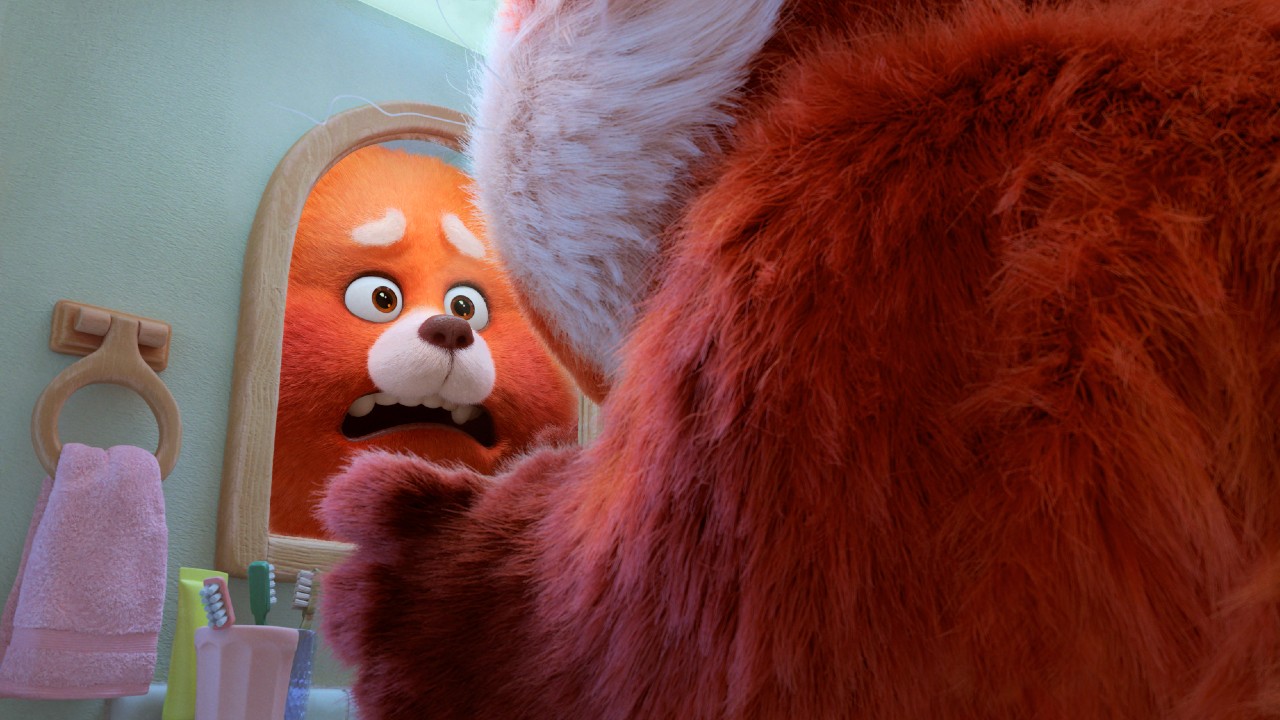
The filmmaker’s approach to such moments is refreshing, particularly for Pixar which is yet to tackle some of those more teenage-specific issues. Until now, that is.
One scene that demonstrates it the best involves Mei dodging questions from her mother, Ming, about her period. It’s a scene that was in the film “right from the very beginning,” according to Shi, and was an essential one to keep.
“We had to talk about certain issues. Her getting her period, her going down a lusty drawing spiral, her discovering boys and crushes and making mistakes and fighting with her mum. All these are so essential in telling this kind of story, it just felt like we had to put it in there,” Shi said.
“This is what the studio greenlit; a movie about a girl going through magical puberty.”
Collins added that they put the period scene in early so that the executive team would have time to push back if they wanted to. But they didn’t.
“They laughed right alongside us. They either have daughters or wives or they went through puberty themselves,” Collins said. “The minute they saw that the audience was engaged… they didn’t question any of it.”
The filmmakers are hopeful that audiences, particularly girls, will find some comfort in seeing their own issues explored in such an entertaining way in Turning Red and will be inspired to “embrace their inner panda.”
“It’s a moment in life where for the first time you just feel so alone in what you’re going through. You’re so out of sorts you can’t imagine someone else is feeling the same way,” Collins said.
“Our goal here was to be like, no, everyone is feeling the same way or has felt that way. And that is such a normal response to this period of time.”
“Messiness is part of growing up,” Shi agreed.
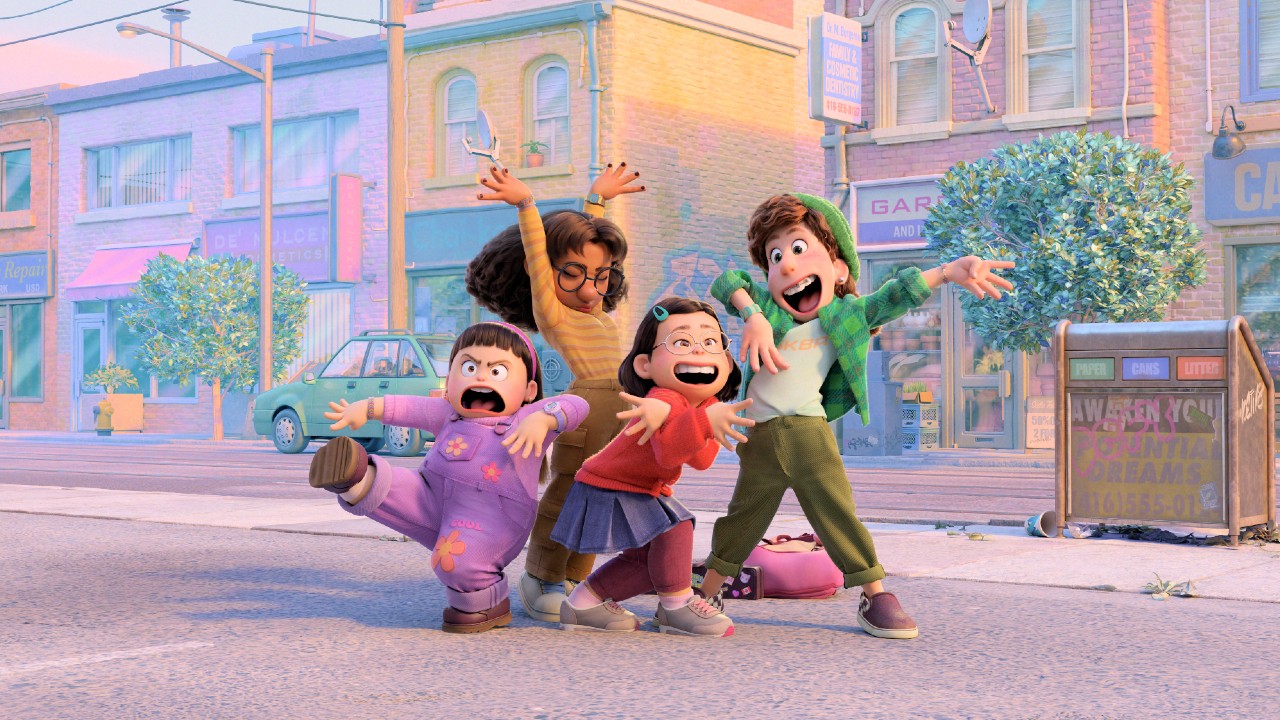
Along with its accurate portrayal of puberty, Turning Red is a movie that takes many steps forward in terms of diversity and inclusion.
Mei’s Chinese-Canadian family and culture are at the forefront of the film, bringing a depiction of the Asian experience to screen that we haven’t seen in a Pixar film before.
Mei is also surrounded by an equally diverse group of friends, some of which definitely appear to be queer-coded; another community that has rarely been spotlighted by Pixar.
While some of Pixar’s films definitely seem to push into a queer space (ahem, Luca), Turning Red’s inclusion of LGBTQ+ characters is more intentional.
“I think on the topic of puberty and adolescence it was important to talk about kids, and Mei’s friends, who are experiencing these emotions for people of the opposite sex or the same sex,” Shi said.
“That just felt realistic because it was what me and my friends were going through at the time as well so that was really important, too. It just added diversity and variety to this world that we were trying to depict on the screen.”
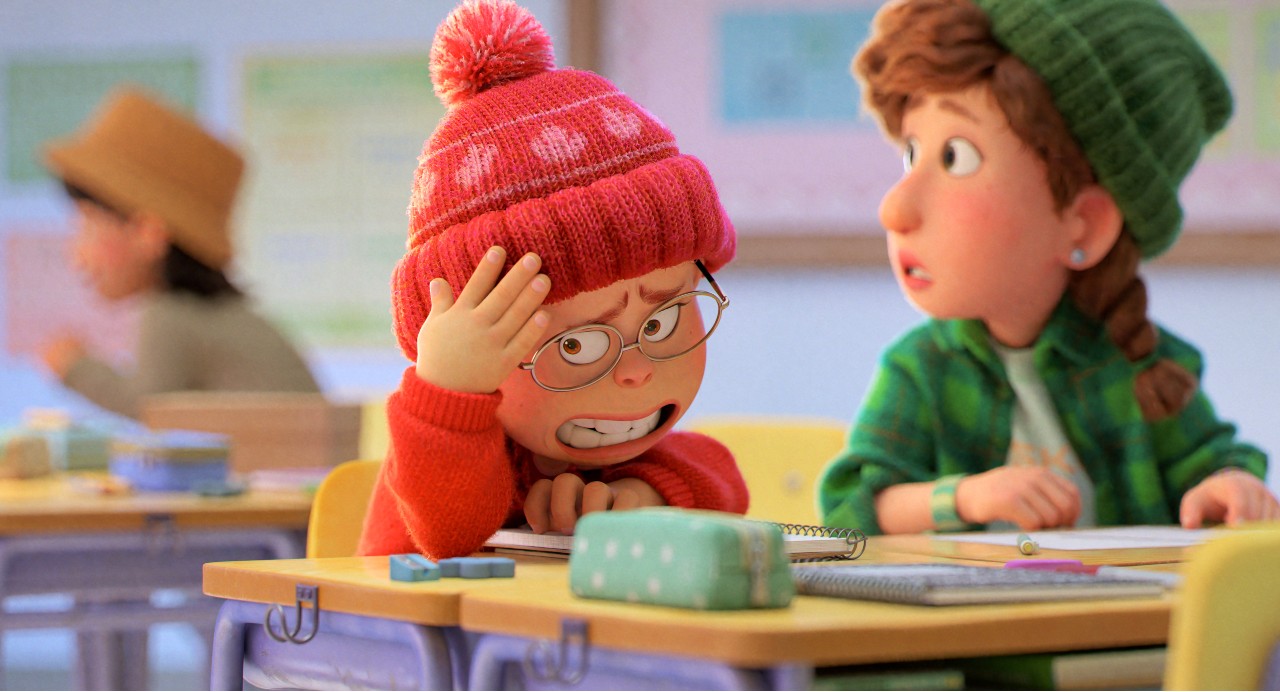
Turning Red is not only diverse in its portrayal of characters but also in its animation style throughout the movie. The film uses a mix of bright and colourful animation that displays emotions in big ways.
Shi said it was her love of anime that brought such an eclectic blend of styles to the screen.
“[Anime] felt like the perfect style to try and draw from and utilise to try and tell this story of an adolescent girl going through big emotions because anime is such an expressive and colourful and emotive style and it hasn’t quite been able to crack CG animation yet,” Shi explained.
“It felt like the perfect challenge for the crew to figure out. How do we translate this 2D style into 3D in order to make the audience feel as much of what Mei feels in the moment?”
Collins agreed that a more anime-influenced animation style felt true to a character like Mei.
“We were always trying to justify it by saying this world is created around this character and if a character is this funky 13-year-old girl who is Chinese and Canadian, how would she design it? What colour palette would she use? What music would she choose?”
The result is a whirlwind blend of early 2000s pop culture, Canadian quirks and an incredibly relatable story of being a teenage girl. After 24 films it’s something that feels long overdue for Pixar.
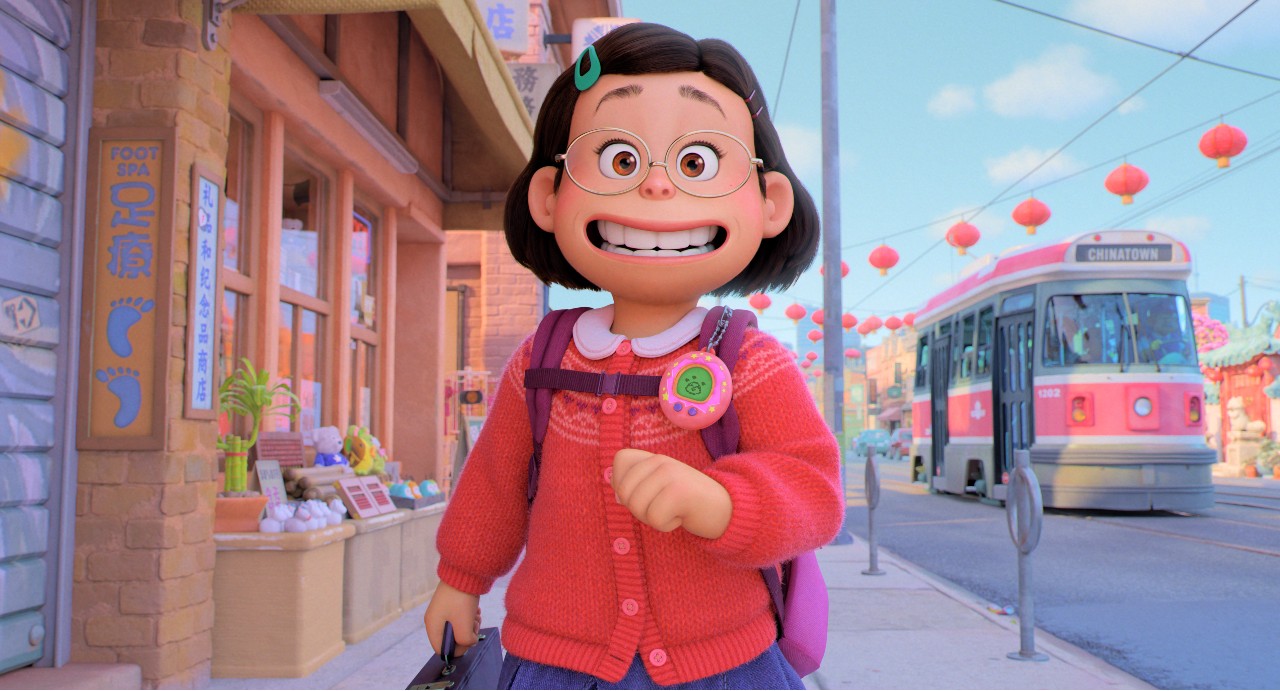
It’s a shame then that audiences won’t be able to experience Turning Red on the big screen, but Shi and Collins agreed that Disney+ was the obvious way to get the film seen by as many people as possible within the confines set by the pandemic.
“We have Soul and Luca as great examples of how they were able to get out into a world that was clearly struggling,” Collins said. “Because we have such great examples, we know that people are really willing to just embrace our films regardless.”
Should Turning Red make an impact on the streaming charts surely it will be given the chance to evolve? Pixar has created plenty of franchises out of its hit films before, but where would the characters in Turning Red go after puberty? The filmmakers had some ideas.
“Mei goes to college, right?” Collins suggested.
Shi had an alternative: “Turning Red 2: Menopause, but it’s spelt like Menopaws.”
Disney and Pixar’s Turning Red is available to stream exclusively on Disney+ from Friday, March 11.
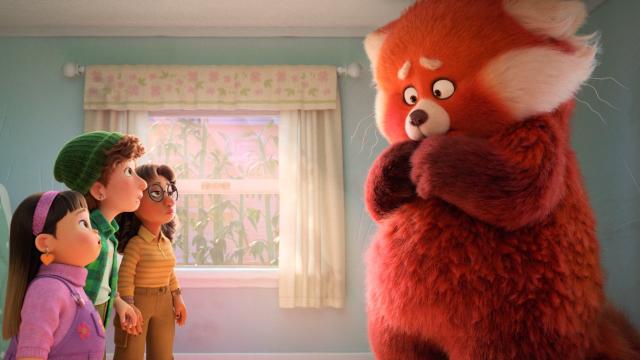
Leave a Reply
You must be logged in to post a comment.